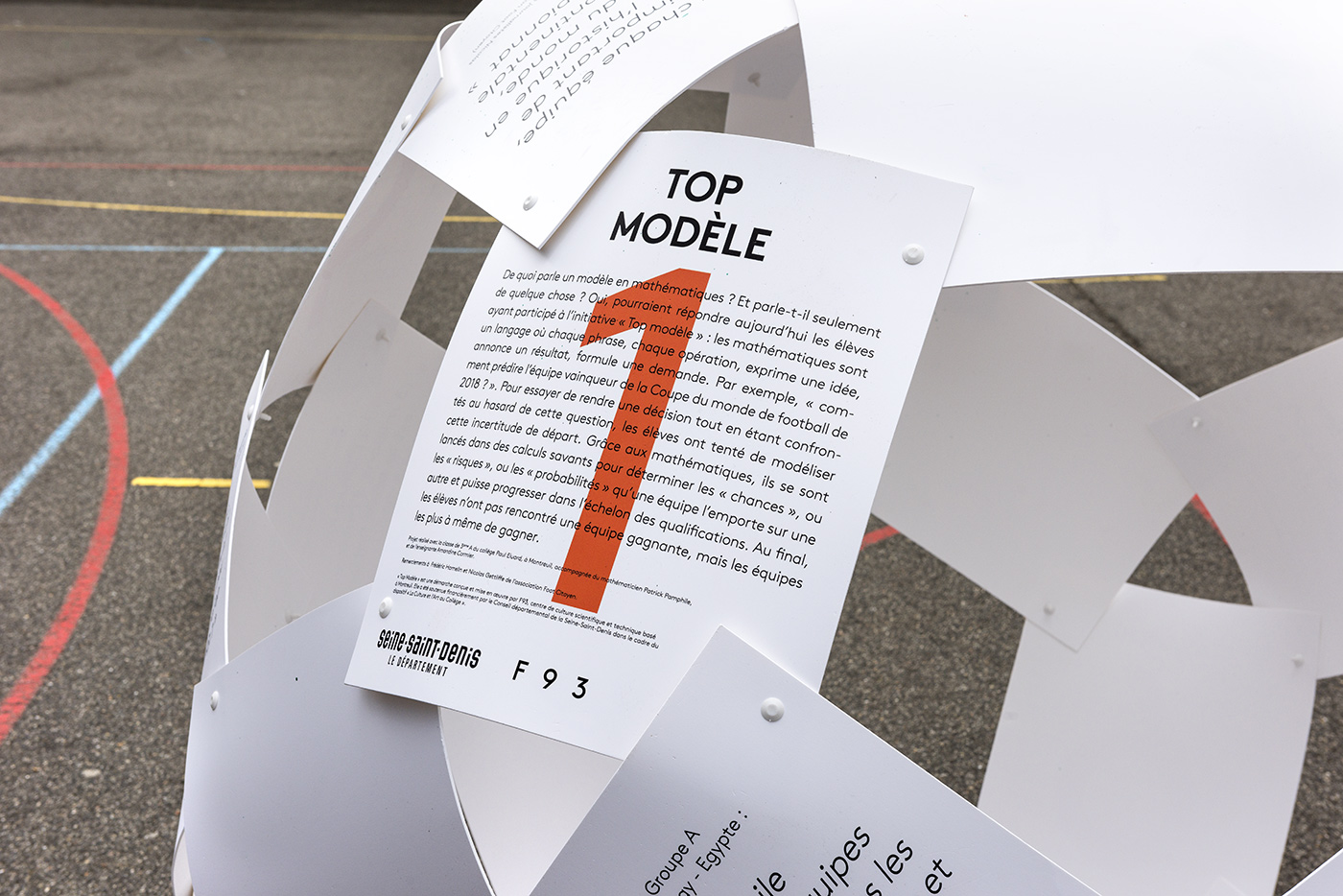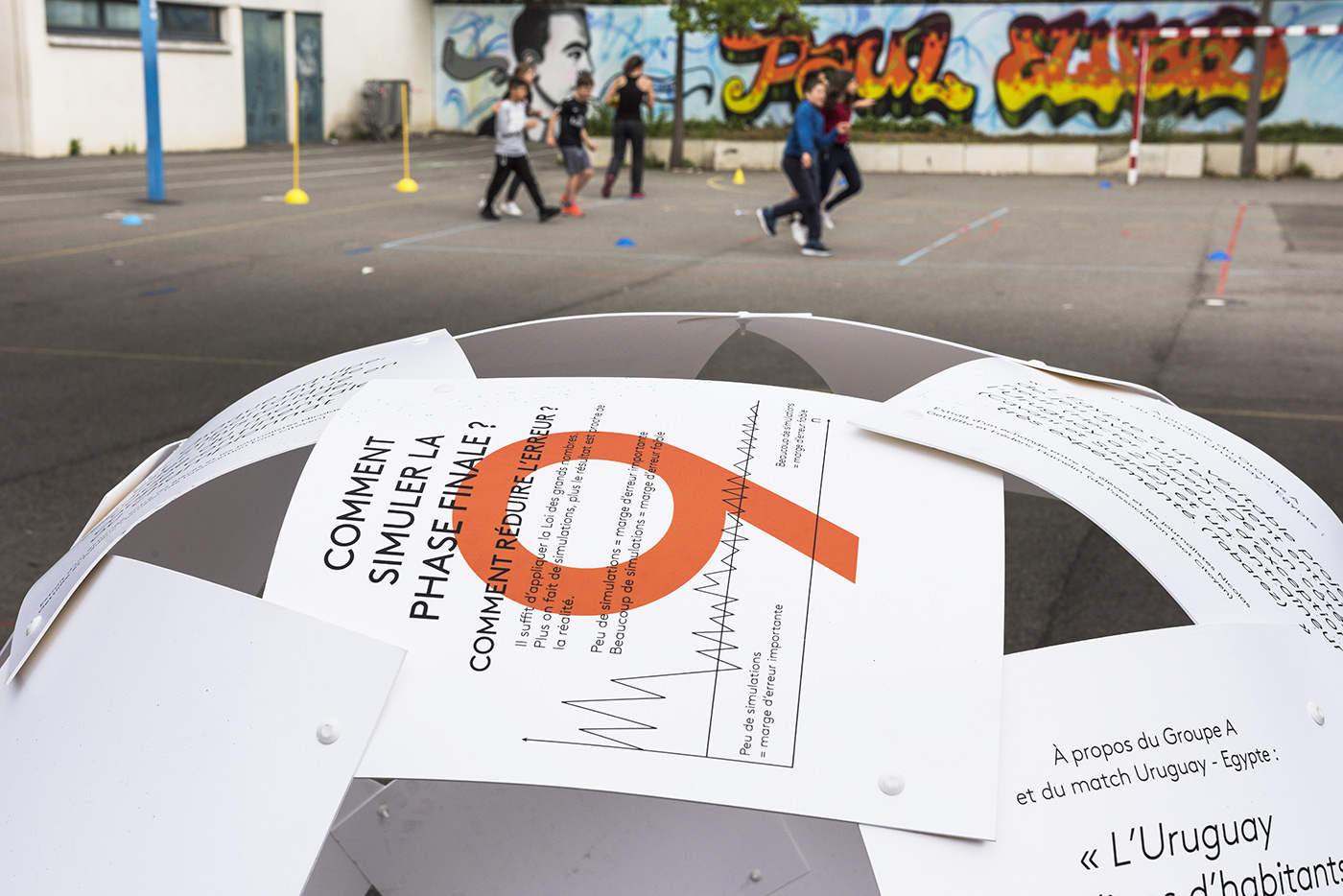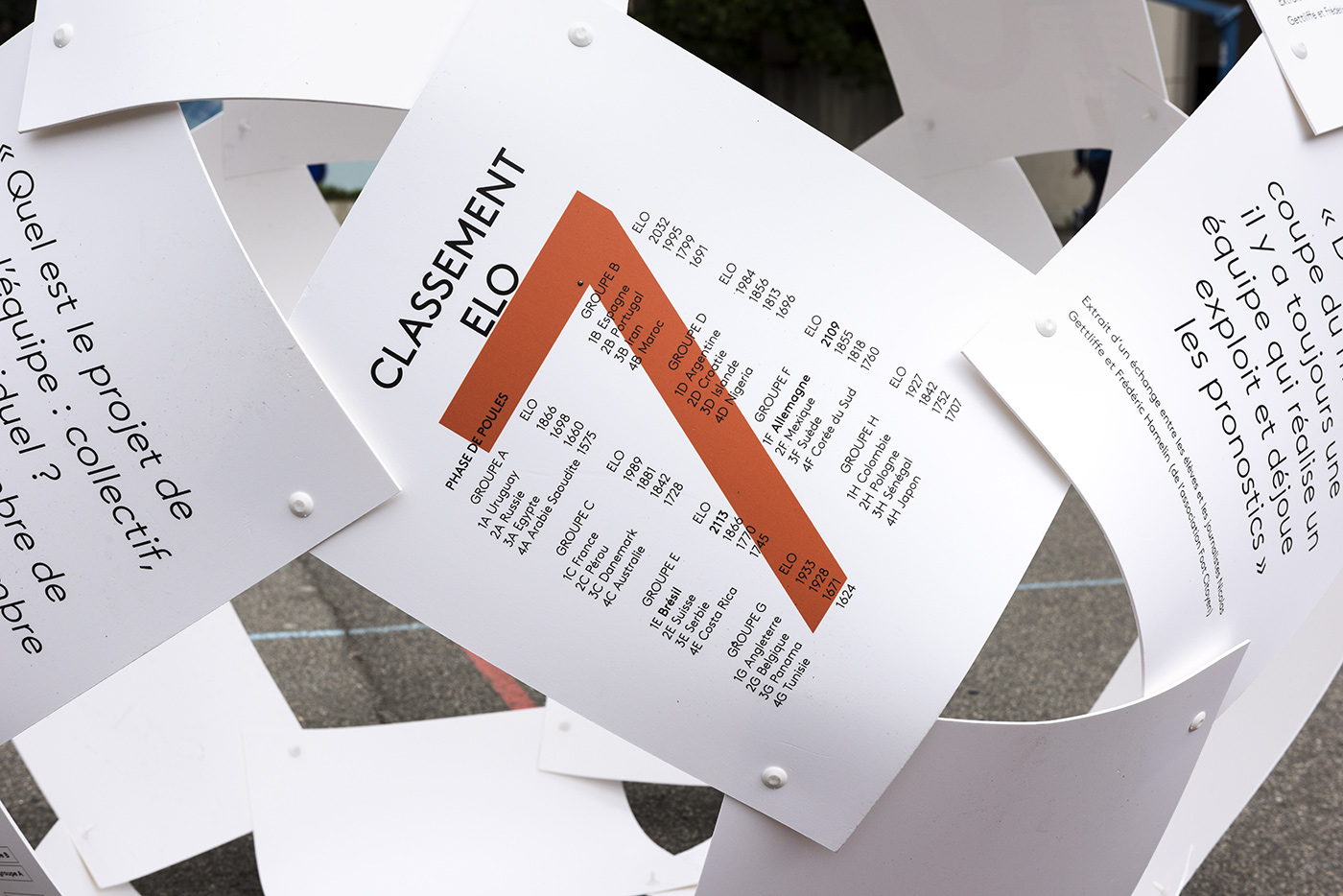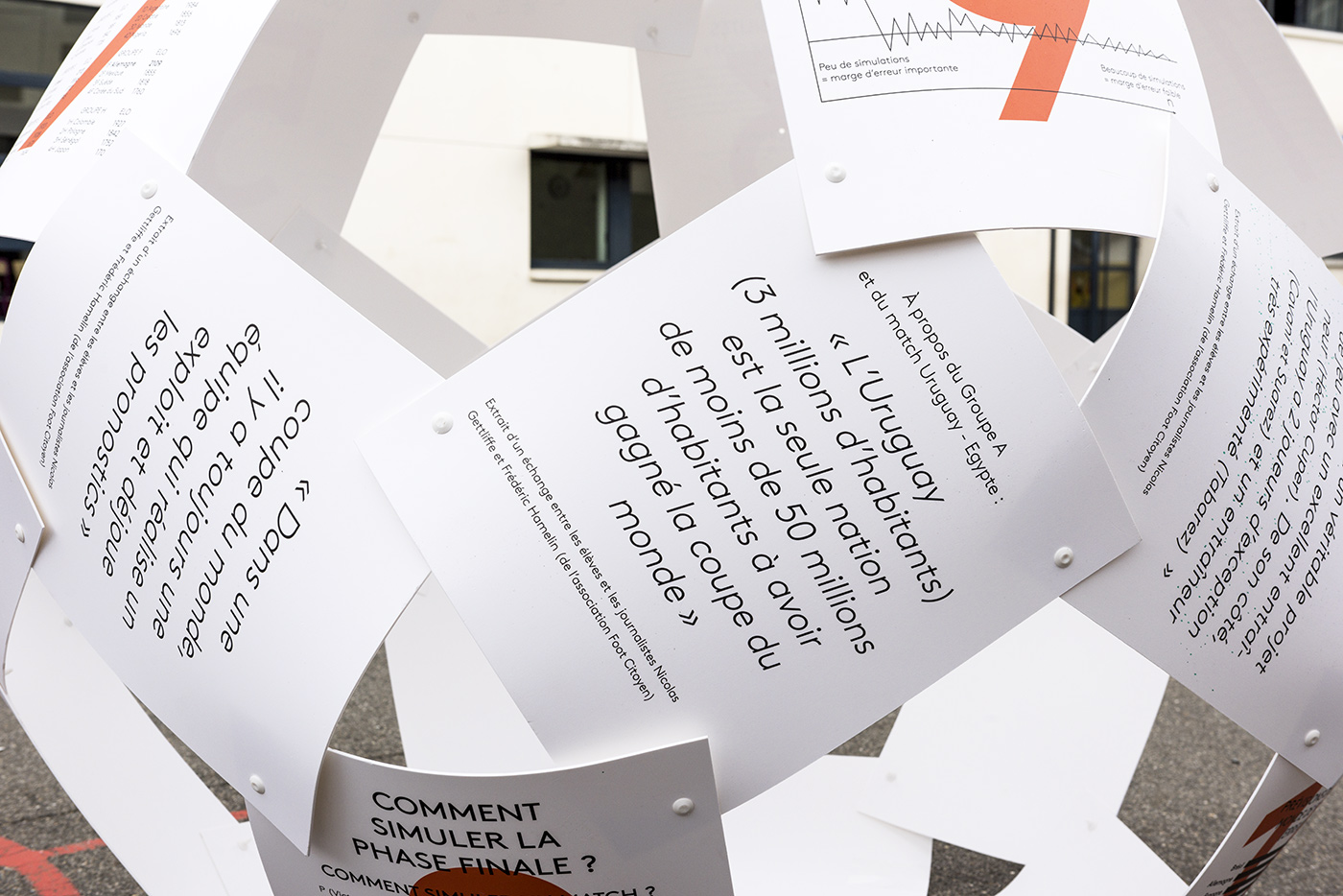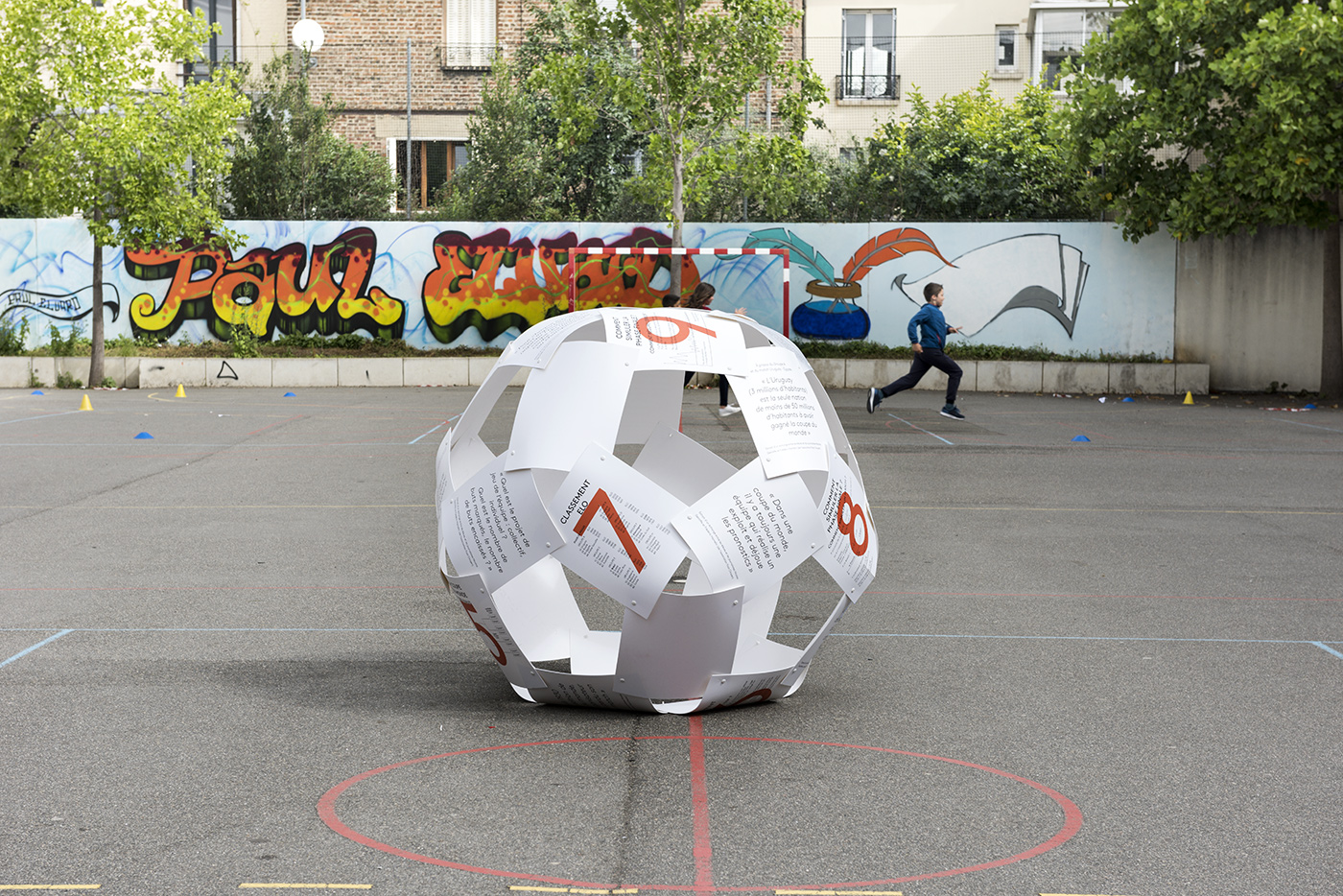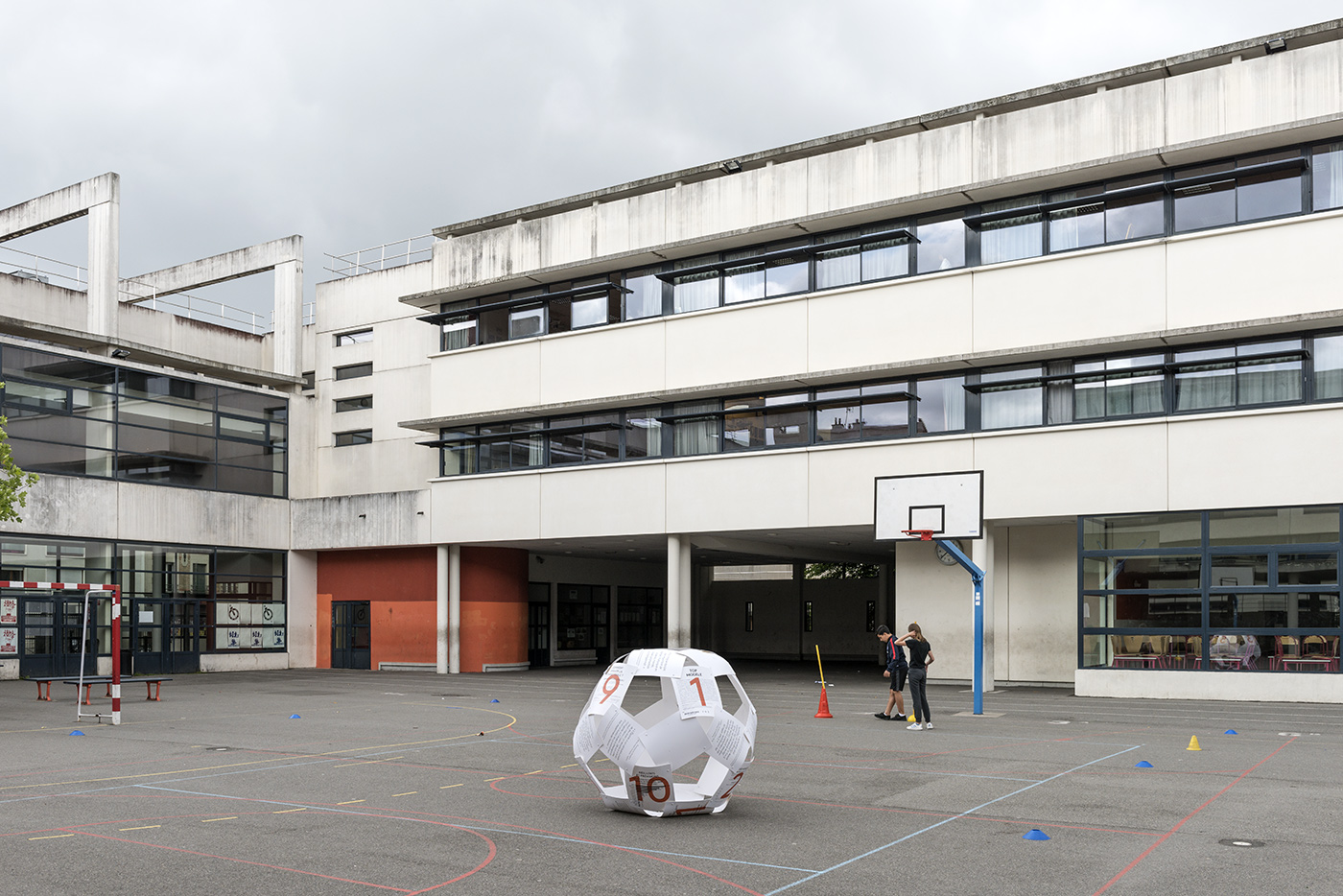- 2023
- Ligne d'air
- 2022
- 2021
- The Forest System
- 2020
- A place to read
- Counterfactual
- Deep Sleep
- Fixing Sounds
- Ghost Populations
- Grey Matter
- Humanities
- Impôts.gouv
- My Precious One
- OK computer
- One for all
- Perfect Match
- Personal Borders
- The Physics of Disaster
- Trial by fire
- Unconscious
- 2019
- Anonymous
- Daily science
- Houston 69
- Image and text
- La santé autrement
- Parts and labour
- Playing with fire
- Plu-present
- The art factory
- The legend factory
- The nuclear effect
- Unique every time
- Vertical
- What exactly is happiness?
- striking a chord
- 2018
- Animal images
- Connections
- Current affairs
- Extra space
- Les courts circuits
- Metamorphoses
- Off ground
- Playing with fire
- The Earth quakes
- The life of rays
- The ocean phenomenon
- The scope of cinema
- The struggle continues
- Top model
- Traces
- What is peace?
- 2017
- All about the climate
- Artistic territory
- Cars
- Image bank
- In all probability
- Inner journey
- Letter to a friend
- Planetarium
- Plants and us
- Polyptics
- Poster child
- Propagation of monotony
- Rocks unlimited
- Tour operator
- We, the presidents
- Youth culture
- 2016
- 3D universe
- Art curator
- Bioethics
- Colours
- Community radio
- Different books - digital design
- Different books - paper design
- Hands on
- Images - Mémoires
- In all probability
- Landscapes
- Meteors
- Microscopic
- Mirages
- Pantone Food
- The great outdoors
- The idiots' guide to teenagers
- The night
- There were several of them
- Under the surface
- 2015
- Books otherwise
- By prescription
- Denim
- Feet on the ground
- Incommensurable
- Intermediate schools in France
- Meteorologists
- Occupation: inventor
- Outdoors
- Sweet treats
- The art of love
- The climate in fiction
- To be completed
- Universal light
- Urban life
- What is today?
- Words and music
- 2014
- Are you modern?
- Aroma research
- Calculating sound
- Digital dreams
- Female landscape
- Hung up
- Infinite at top speed
- Les Grandes Tables
- Life in the laboratory
- Listening to the sacred
- Short trips into the working world
- The age of the earth
- Use and reuse
- Water
- Words and music
- Words and things
- 2013
- Aroma research
- As if by chance
- Behind the screen
- By what right?
- In praise of mixity
- Infinity at top speed
- Listening to the sacred
- Looking at animals
- Mass markets
- Memory
- On promotion
- Once upon a time: Art
- Segami
- Sensitive boundary
- Short trips into the working world
- The French factory
- Truth in sport
- 2012
- A black matter
- A simple movement
- Animalia
- Archigram
- Babel
- By what right ?
- Call it anything
- Dinner's served!
- Experience of the world
- Found objects
- Money
- Once upon a time: Art
- Perceptible split
- Phenomena
- Serious games
- Television
- Warmly dressed
- 2011
- Animalia
- Balance of power
- Breathless
- Chemistry year
- Cities and architectures
- Eurêka
- Experience of the world
- Food
- Found objects
- Homepage
- Once upon a time
- Public life
- Television
- Under constraint
- Video games
- Vostok
- What to wear
- 2010
- Chimie en cuisine
- Eurêka
- Evolution
- Jeux vidéo
- La bioéthique
- La richesse - philosophie
- La richesse - sociologie
- Les adolescents - photographie
- Les adolescents - sociologie
- Objets trouvés
- Quel grand Paris?
- Rapprochement des cultures
- Sous contraintes
- Télévision
- Village global
Top model
Since 2009, the Seine-Saint-Denis County Council has been backing “la Culture et l’Art au Collège (CAC)”. This project is based to a large extent on the presence in class for several weeks (40h) of an artist or scientist whose mission is to engage the students in a process of research and creation.
Tutors:
Emily Tanimura, Patrick Pamphile/ Mathematicians
Chargée de projet:
Florise Pagès
Objectives:
Constructing a model - the main contribution of what’s known as “applied” mathematics - is always somewhat surprising in that it is a blend of intuition, survey and calculation in equal parts that involves selecting a well-defined “subject”, obtaining abundant information about it, translating this information into figures and then into a model that can predict how it will function.
Workshops:
Everyday Life in Numbers
Using examples familiar to students, the contributor helped them see how maths can be used in everyday life and can, using predictions, provide answers to a question for which we lack information, e.g. the weather. The students made predictions and modelled the “chance”, “risk” or “probability” that something would happen using sports lottery cards, tossing coins or throwing dice, recording the results in a frequency table and simulating this on a computer.
14th June – 15th July 2018
The students had to design a model that can predict who will win the next football World Cup (Russia 2018) using models they apply to their topic. To do this, they carried out a survey of the teams based on their recent matches to determine the significant factors that are easy to measure and temporarily defined, which they could prioritise: a good coach, already played in a world cup, already played against a particular team, already won the world cup, etc. The students then discussed these factors with sports journalists from Foot Citoyen who added empirical and uncertain aspects to the equation, explaining that in a World Cup, there is always a team that accomplishes a major feat and defies the odds, or that the host country has never lost its first match. From here, the students sorted and prioritised all the indicators they had collected: star players, coach’s profile, game strategy and previous wins, but also jet lag, injuries, etc.
Predictive Models
The class chose the ELO model, a model to predict the chances of winning used, among other things, for FIFA and chess players’ ranking. They then simulated the winning team from the quarter finals to the finals. In the end, it is not one winning team that emerged but the teams the most likely to win. The class was aware of the system’s margin of error and that the “law of large numbers” can reduce this margin: the more simulations carried out, the closer one gets to reality. Above all, the students established a set of tools so that each of them could vote for a team, making informed choices. The model’s flaws were discussed and the results compared with the predictions made at the start of the project.
Showcase:
Inspired by the shapes of mathematical objects, a giant ball was created using elements each representing the content produced by the class to reach the final result. Set up in the school grounds, the structure became a place to meet up and discuss the project. For one school, the most likely final was Brazil v. Germany, with Brazil the most likely to win; however, the chance that a different team would win was nonetheless 32%. On the contrary, the most unlikely final would have been Poland v. Portugal. For the other school Brazil was also the most likely winner, as was Germany, France… or even Portugal!
Acknowledgements:
Frédéric Hamelin and Nicolas Gettliffe/ Journalists from Foot Citoyen
Outing:
- Workshop on probability and statistics followed by a trip to the Maths Area of the Palais de la Découverte in Paris.
Participating schools:
- class 3è A, collège Paul Eluard, Montreuil
- class 4è Ellis Island, collège international, Noisy-le-Grand
Scenography: ELODIE DESCOUBES
Photos: PIERRE ANTOINE
